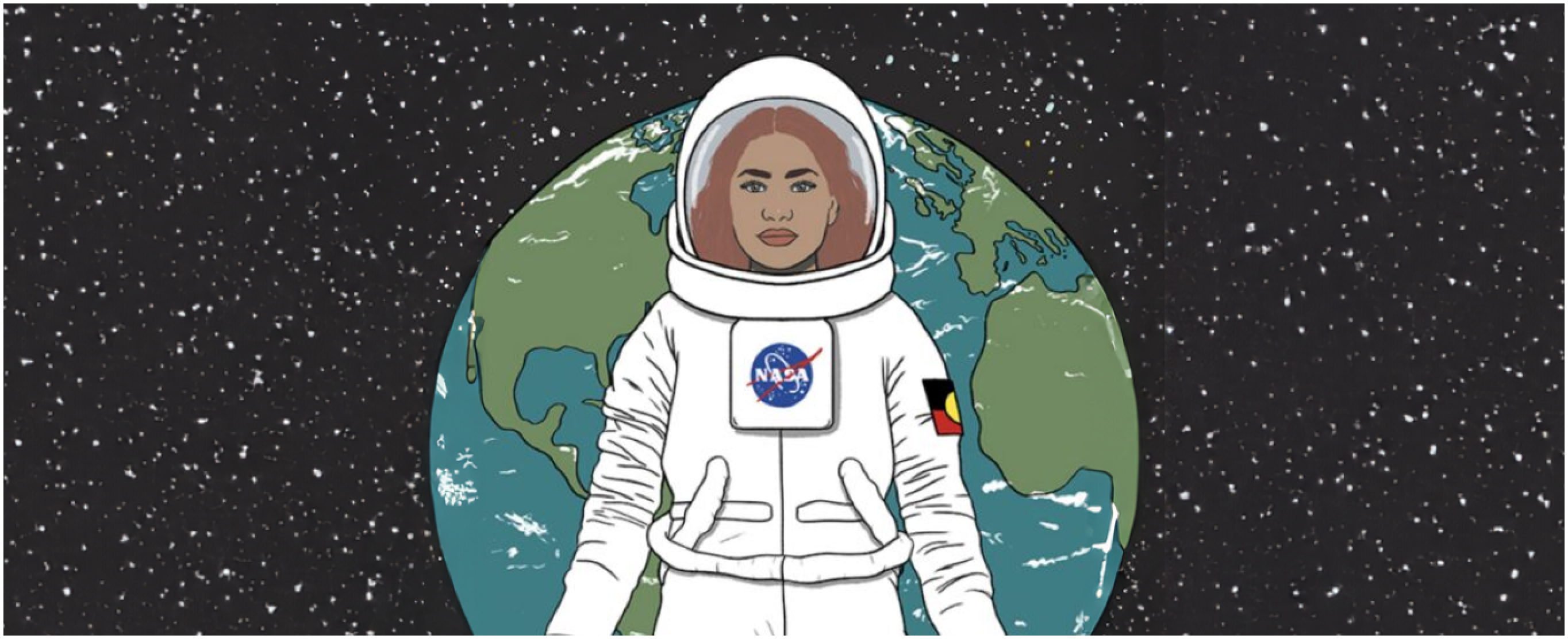Incorporating First Nations History and Cultures in Stile’s science units

By Danny Pikler, CEO, Stile Education
Teaching Australian school students about the histories and cultures of Australian First Nations Peoples is essential, and it is seen as such by the Australian Curriculum Assessment and Reporting Authority (ACARA). Aboriginal and Torres Strait Islander Histories and Cultures is one of just three cross-curriculum priorities in the new Australian Curriculum, meaning that they expect educators of all subject areas and all year levels to incorporate First Nations Histories and Cultures into their teaching. ACARA developed 107 elaborations for the cross-curriculum priority, all meticulously researched and developed by a team of curriculum specialists, led by zoologist, educator and Jingili man Joe Sambono. ACARA’s goals with the cross-curriculum priority are stated as follows:
- To provide Aboriginal and Torres Strait Islander students with the ability to see themselves, their identities and cultures reflected in the curriculum;
- To allow all students to engage in reconciliation, respect and recognition of the world’s oldest continuous living cultures.
Stile supports this move by ACARA and believes that it’s an important step towards reconciliation. We wanted to take the opportunity to outline the principles behind our approach to supporting the cross-curriculum priority and provide some specific examples you can see in the update to our Forces unit.
The Challenges
The challenge for non-First Nations companies like Stile and for non-First Nations educators is how do we share and celebrate the vast, vibrant histories and cultures of First Nations Australians appropriately without appropriating culture?
While Health, the Arts and the Environment sectors all have long-established protocols for working respectfully with First Nations Peoples and their cultural knowledge, such protocols for the education sector are patchy at best. Time-poor educators of today, often without training and support, struggle to appropriately and sensitively navigate embedding First Nations Histories and Cultures and into their programs.
Our general approach
As a non-First Nations organisation, we firmly see ourselves as allies to First Nations Australians, seeking to use our connection to thousands of educators and hundreds of thousands of students to raise awareness, break the cycle of unknowing and increase the representation of First Nations Peoples in our content.
To help us to navigate our contributions in a manner that ensures respect and appropriateness, we have established some principles to guide our decision-making. Here they are:
- Allies, not authorities The oral histories and cultural narratives of First Nations Peoples are not ours to tell. Rather our role is to, in accordance with our other principles, raise awareness of First Nations scientists, technological discoveries and scientific practices.
- With advice and appropriateness We actively seek advice from First Nations Peoples to assess appropriateness when using any First Nations knowledge and encourage educators to do the same.
- With respect Whenever conveying scientific and technological aspects of First Nations Histories and Cultures, we always aim to do so with respect and acknowledgement.
- Promote benefit sharing We acknowledge the rights of First Nations Peoples to benefit from the use of their culture. Any specific Indigenous Cultural and Intellectual Property (ICIP) from respective communities is always paid for. We also actively seek leading First Nations individuals and organisations when dealing with First Nations content and ICIP. First Nations art is always commissioned from First Nations artists.
- Point educators and students in the right direction to learn more We strive to ensure our support materials give educators and students recommendations to enhance learning in their local context by connecting to local communities. This ensures First Nations Peoples can maintain cultural integrity and benefit from their own cultural knowledge.
What we are doing
In alignment with the Australian Curriculum, we are generating high-quality resources and educational support materials that incorporate the Aboriginal and Torres Strait Islander Histories and Cultures cross-curriculum priority in what we hope is a meaningful and respectful way. We have engaged First Nations educational experts and practitioners to save educators time and provide guidance in an area many find difficult to navigate.
As a starting point, we have updated our Forces unit. The new inclusions feature:
- A career profile on Professor Chris Lawrence, the founder of the newly launched National Indigenous Space Program
- A new prac based on spear thrower technology
- An engineering challenge inspired by the diversity of First Nations Australians spear thrower designs
- Beautiful illustrations and artworks commissioned by First Nations artists
- A video starring Professor Chris, exploring one of the earliest uses of a lever to manipulate forces
Further unit updates will continue to be released as we continue our journey. Embedding First Nations Histories and Cultures across Stile is an ongoing commitment that will take time to do appropriately and undergo continual refinement. We will continue to listen, learn and improve.
Stile hears the calls for support from educators across the continent. We recognise the importance for all Australians to know and understand the incredible contributions, past, present and ongoing, of First Nations Peoples in science and technology. So together, let's break the cycle of silence and share, highlight, celebrate, connect and most importantly, learn from some of the oldest continuing cultures on Earth.

